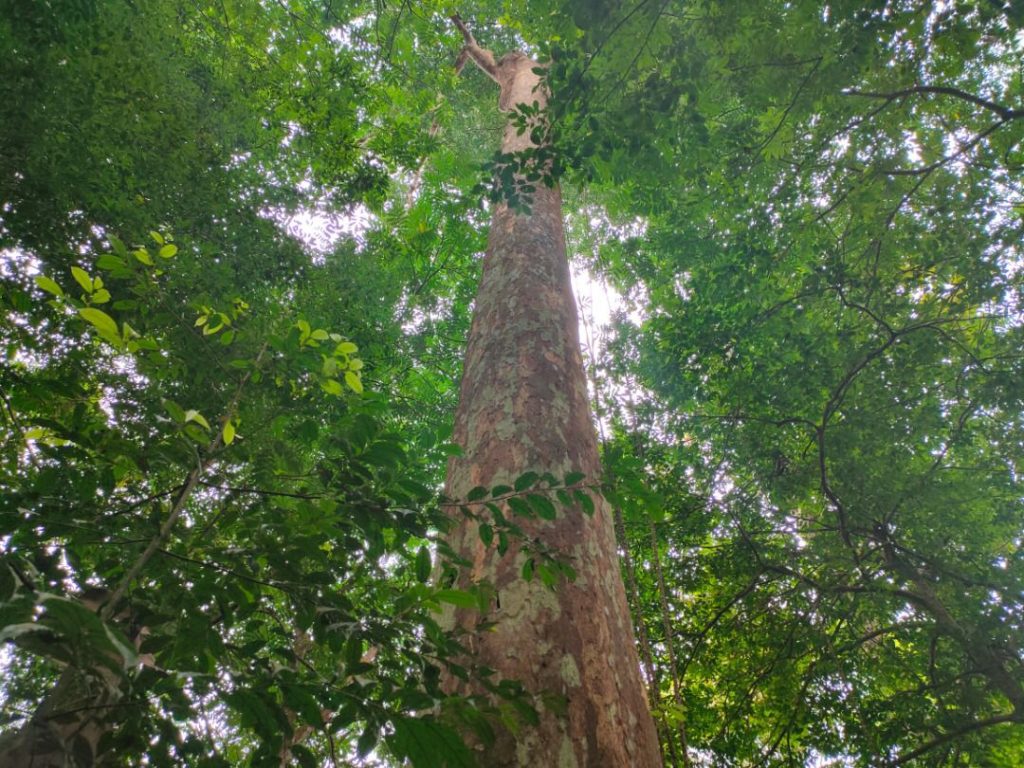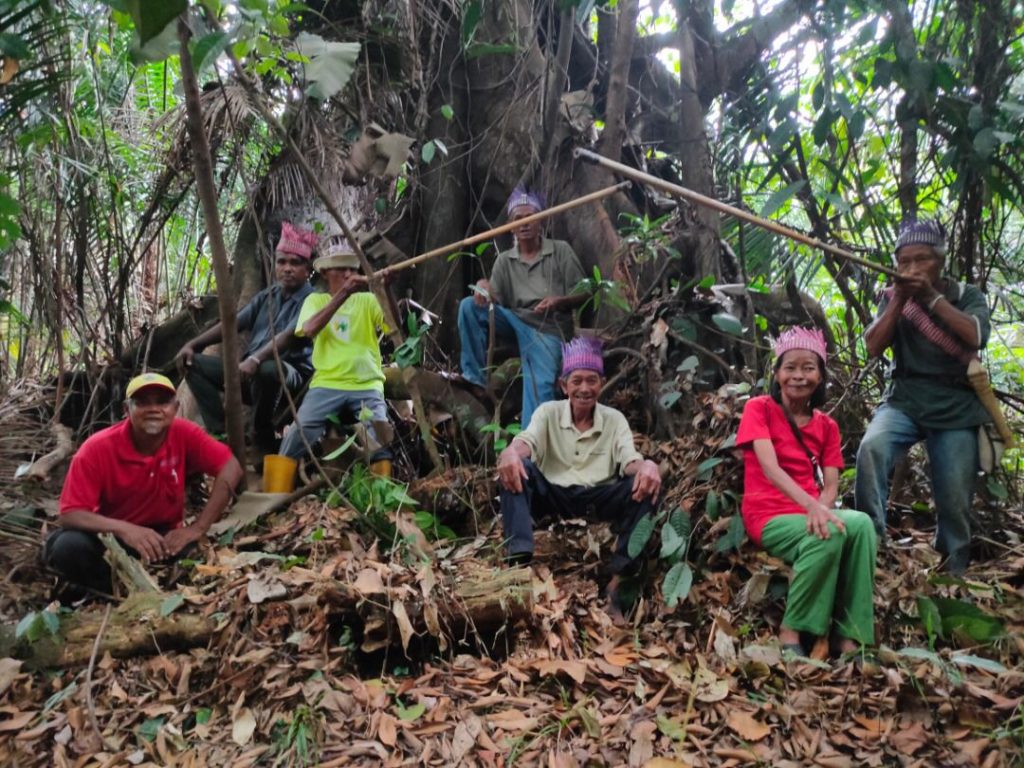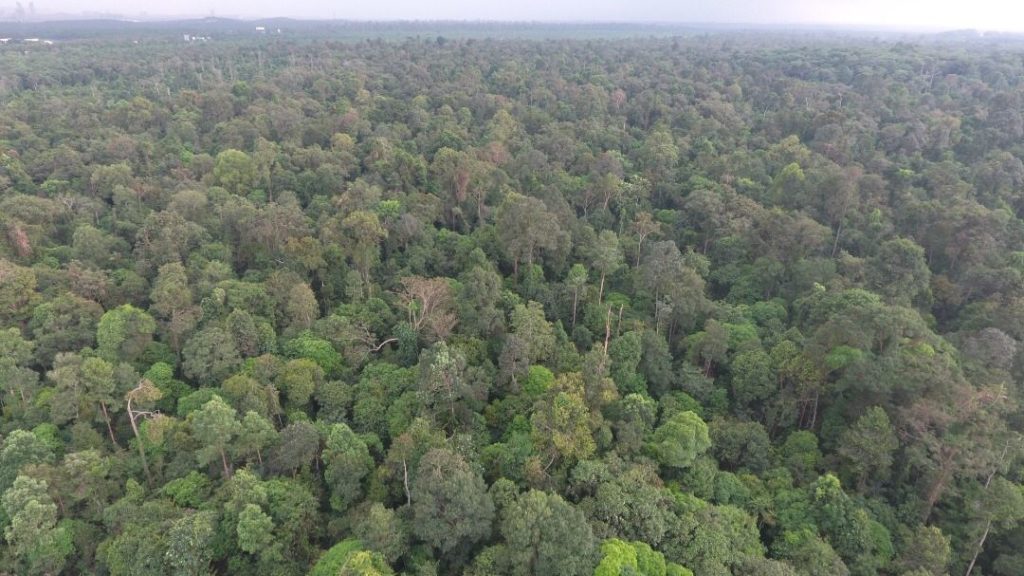
SUBANG JAYA, Sept 1 – The Selangor government’s move to degazette a total of 536.7 hectares of the Kuala Langat North Forest Reserve (KLNFR) for commercial development purpose is an ecocide or an act of “killing off nature”, said naturalist Andrew Sebastian.
This is a total disregard of not only the ecosystems of a critical site but the many objections raised by the people of Selangor, the media and members of the state legislative as well as related reports on draft local plans as it is an Environmentally Sensitive Area (EIA), he told Weekly Echo.
The KLNFR, said to house 8,000-year-old forests, was gazetted as a permanent forest reserve (HSK) covering 7,246.96 hectares back in 1927. The peat swamp forest of the state in the area have been degazetted and reduced in size over the years to make way for oil palm plantations and other development.
“Selangorians have been proud that the state had been the first and only state to ban logging not too long ago. Today we are seeing the wanton destruction of forest reserves critical to the various ecosystems services they provide — in the case of Kuala Langat they are water, climate change mitigation, prevention of flooding and even hosting critically endangered biodiversity – the key stone and identity of Kuala Langat and the state itself,” Andrew said.
“We reject the notion that fragments of replacement forest in lieu of the land being taken away will help with the functionality of KLNFR as a water source and all the ecological systems (that come with it). This will not happen. Taking away this chunk of forest will destroy what is left of the forest complex in the middle to long term.
“The state government has to come to its senses. Nobody is in favour of this except for the private sector that is about to gain and that is a small number of people. People will remember and react. This is a seriously flawed decision.
“There was also a public inquiry forum in September where objections were raised. What was the result of this process? Nobody knows,” he said.
This latest battle over the KLNFR between environmentalists and the state wishing to degazette parts of the forest reserve to monetize the area began early last year. However, a motion submitted by PKR’s Kota Anggerik assemblyman Najwan Halimi last November to cancel the degazettement plan was unanimously supported in the State Legislative Assembly and environmentalists thought a critical site for the health of the ecosystem in the area had been saved.


The recent announcement that a part of the KLNFR had been degazetted for a mixed development project has raised not only the ire of environmentalists like Andrew, who is a member of a coalition of 10 NGOS to protect Kuala Langat but Members of Parliament and the Selangor state council as well.
Among those who have raised strong objections include Elizabeth Wong (PKR), who is state assemblywoman for Bukit Lanjan.
A former environment exco, she said Selangor has enough land for development and it should not sacrifice forest reserve land for commercial purposes.
“We can consider (developing the land) if it is in the interest of the people, but not for the greed and profit of the private sector,” she was reported saying following the announcement at the state assembly on Monday by state executive councillor Hee Loy Sian that the decision for the degazettement was made under Section 12 of the National Forestry Act (Adoption) Enactment 1985 in the state executive council meeting last May 5.
He said the decision was validated in another meeting on May 19 and that the land will be given to a private company, Gabungan Indah Sdn Bhd, for a mixed-commercial development.
On Tuesday, PKR leader and MP for Port Dickson, Datuk Seri Anwar Ibrahim said Selangor Mentri Besar Datuk Seri Amirudin Shari will be giving a detailed explanation on the decision to party leaders today, Wednesday, Sept 1.
Anwar said the degazettement decision was never communicated to party leaders, adding that PKR had already disapproved the proposal last year.
Meanwhile, fires in the KLNFR area have been reported regularly throughout the pandemic period where Movement Control Order (MCO) had been put in place. The fires have not been independently investigated amid the restricted movements and more often there has been acceptance that these fires were natural and not caused by any land clearing or conversion activities.
The following is how former Director General of Forestry, Datuk Zul Mukhshar described the steady characteristics of a peat swamp forest during a 2002 workshop on Prevention and Control of Fire in Peatlands at the Forestry Training Unit, Kepong:
“Tropical rain forests have been regarded as ecosystems in which natural fires were excluded, or fires take place in
a long cycle, due to fuel characteristics and prevailing moist conditions. Historical records have shown that the
natural undisturbed forest in Peninsular Malaysia very seldom experienced any major fire outbreak. With an
average rainfall of 2,540 mm/year and humidity ranging from 70% to 80%, the climatic condition in Peninsular
Malaysia are generally moist and has a fast rate of litter decomposition.
“The low fuel build-up prevents the occurrence of major fire in this country. Most forest fires in Peninsular Malaysia originated from sources outside the forest area. The fire may spread from land preparation activities, or other related human activities in nearby areas, more of a result of negligence.”
In the last two decades, the term forest fire has been generously applied to instances of fires and the subsequent hazes that have occurred in Selangor (and other parts of the country, blessed with tropical rainforests) even when the causes have not been natural. If it is not too late, efforts can still be made to rehabilitate the disturbed forest areas and give the rainforests of the country the care they require and consequently cleaner air for breathing.
–WE